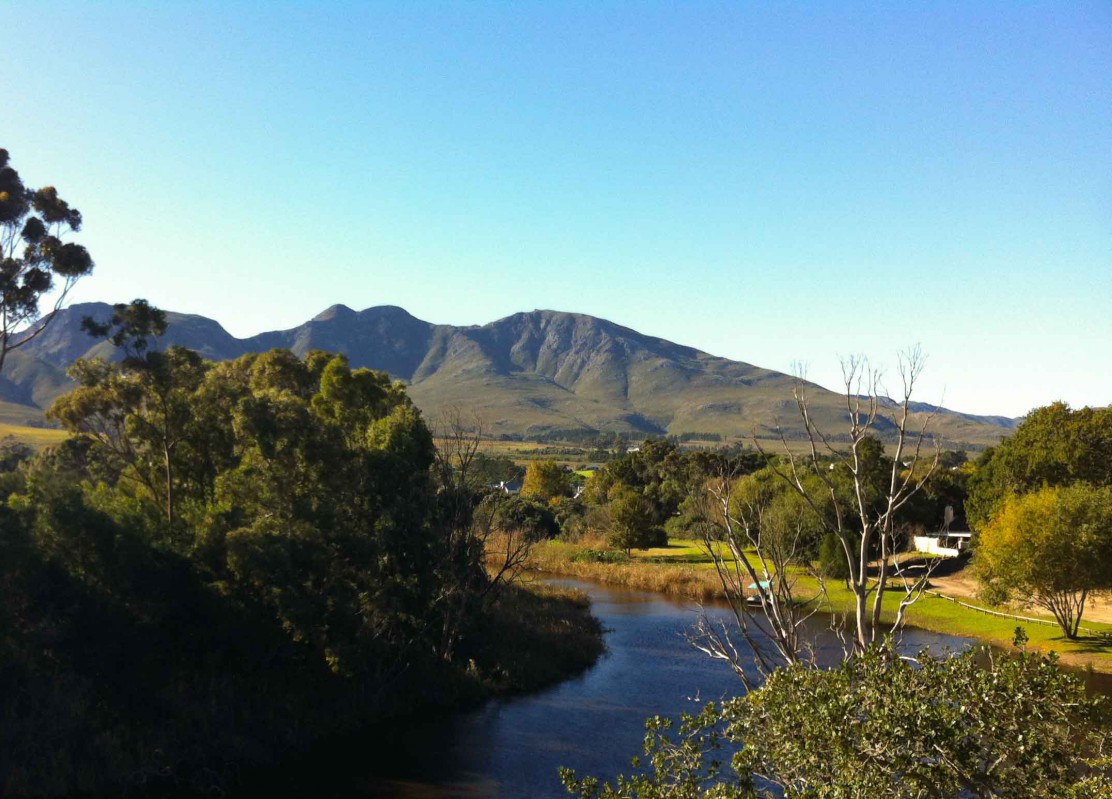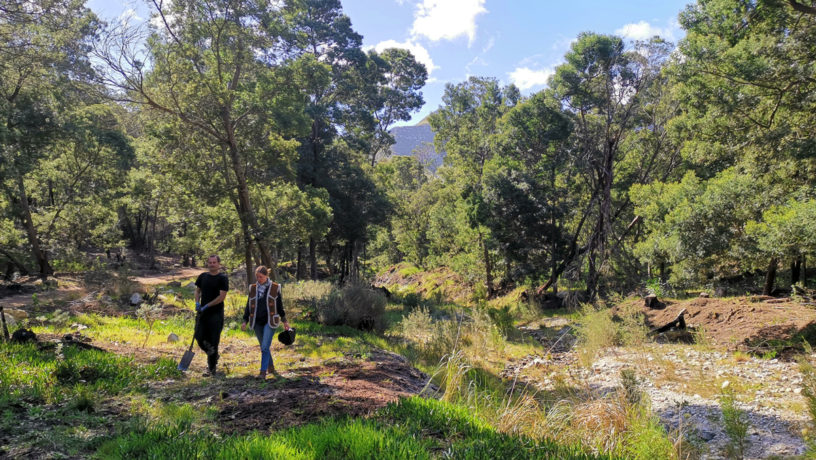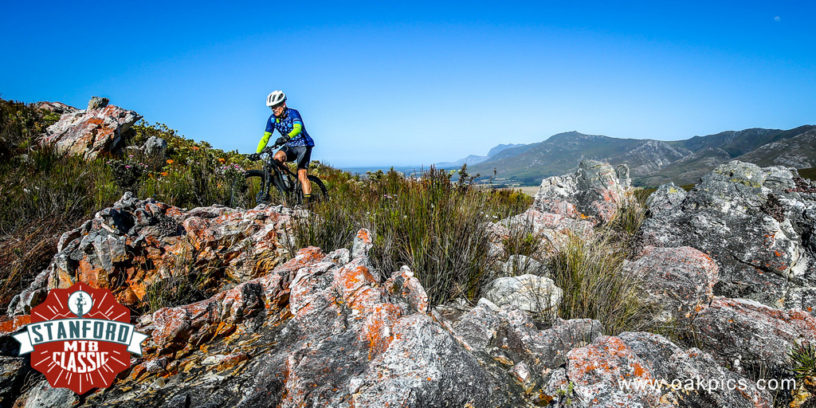Written By Rishi, Goodwill Mountain Farm
In Stanford, life is lived close to nature.
We are farmers and gardeners, dog-walkers and mountain-bikers, tree-huggers and flower-smellers. Our intention to live sustainably is a natural extension of our love and enjoyment of the environment that surrounds us. As a visitor, you can experience this by eating a farm-to-table meal, buying hand-made crafts at our markets or meandering through town and peeking in on the many vegetable patches and worm farms that adorn the gardens of the residents. But did you know that Stanford and surrounds is also home to a good handful of reforestation projects? Throughout our beautiful valley, an increasing number of farm owners, organizations and individuals are joining hands to clear alien vegetation and plant indigenous trees, pledging to conserve and protect their young forests for years to come.
This is great news for many reasons. As we face global and local challenges of rising temperatures, loss of biodiversity and desertification, it is becoming ever clearer that we as humans need to act quickly and efficiently to not only mitigate but in fact reverse our negative impact on the environment. And while we are often told about what to do less of – using plastic, flying and eating meat for instance – planting trees is one of the things we can and should be doing much more of.
So why should we plant trees? One of the main reasons is for carbon sequestration. Whereas an average South African will be responsible for 9 tonnes of carbon being emitted per year, an average tree will sequester about 20 kg per year. This means that only 450 trees being planted in your name could offset your carbon for the entire year! Carbon sequestration is only the first chapter of the feel-good story, however. Trees provide us oxygen, they create habitat for animals, insects and other plants and they are wonderful producers of topsoil; a resource that we are losing at an alarming rate both locally and globally. Furthermore, by planting a tree we align ourselves with something far greater than us: by pouring physical effort and personal intention into something that will outlive us, we enter a kind of immortality. When we join with the network of a forest, in which no single element or function can stand alone, we are reminded that we, too, are never alone, but part of a greater whole.
One of our local projects, Trees for Tourism, is a wonderful example of this. An initiative of the non-profit organization South African Reforestation Trust, it brings the whole community together as it acts as a platform for various stakeholders to plant and extend indigenous forest eco-systems. Trees are funded through donations and planted on private properties where the landowners have committed to clearing, reforesting and protecting demarcated sites. Local businesses and organizations, such as Graze Café and African Horse Company among others, have joined as partners and ‘sell’ trees that will be planted out on various sites. One of these sites is located on Goodwill Mountain Farm – a permaculture community, guest farm and retreat where residents and volunteers work together to rehabilitate an invasive forest. Guests are invited to join weekly alien clearing efforts and events are hosted to raise funds for trees. Other forest sites include Farm 215 and Klein River Cheese Farm, where tourism activities and care for the environment go hand in hand in similar ways. To date, Trees for Tourism has planted 16,137 trees at their various sites with the help of donations from locals and visitors alike, showing that we can achieve so much when we come together as a community.
Similarly, forest projects at Bodhi Khaya and Platbos also offer visitors the opportunity to get involved. When donating to the newly started project at Bodhi Khaya, one can choose between several packages. Some of these even include other benefits such as accommodation, long-term memberships and donations to the Walker Bay Fynbos Conservancy. At Platbos, the project is unique in that the site is an ancient indigenous forest being expanded, rather than a disturbed area being regenerated. Here in Africa’s most southernmost forest, some trees are estimated to be over 1000 years which, when experienced first-hand, gives one a true sense of the immortal nature of the work being done.
Working with the land is not a simple or linear process. A forest, or any piece of wild nature, is comprised of a myriad of connections between different elements, so it makes perfect sense that we organize ourselves in a similar way when attempting to rehabilitate these systems. All the projects mentioned have one thing in common: they leverage the energy of tourism inflow into our area to create a more sustainable future. As a member of the tourism sector, this makes it so that conservation and rehabilitation are part and parcel of running a business, rather than a mere activity on the side. As a visitor, it gives a cohesive experience of the place one is visiting. Rather than seeing just the polished façade, by donating a tree or lending a hand, one is directly in touch with the fundamental workings of that place. Imagine how exciting it is to leave that place even better than how you found it!
Where and how to get involved:
https://www.goodwillmountain.com/
http://www.platbos.co.za/index.html







